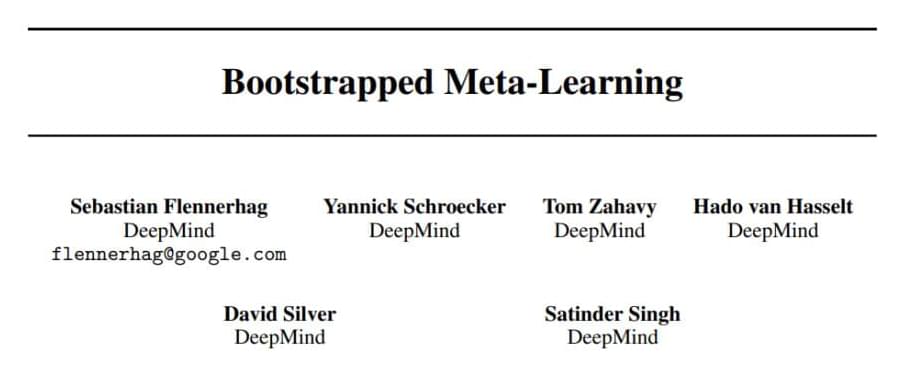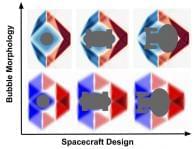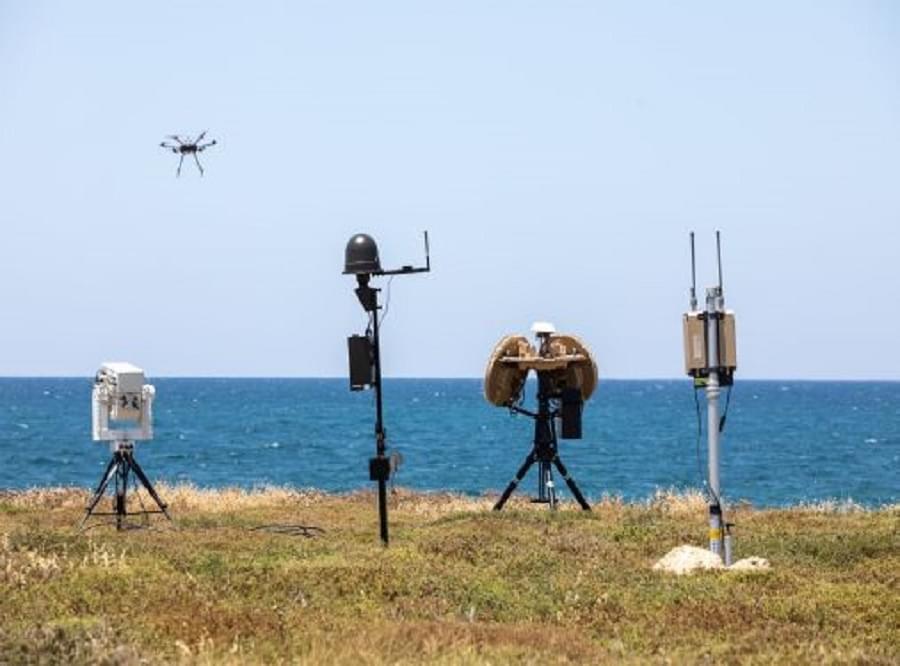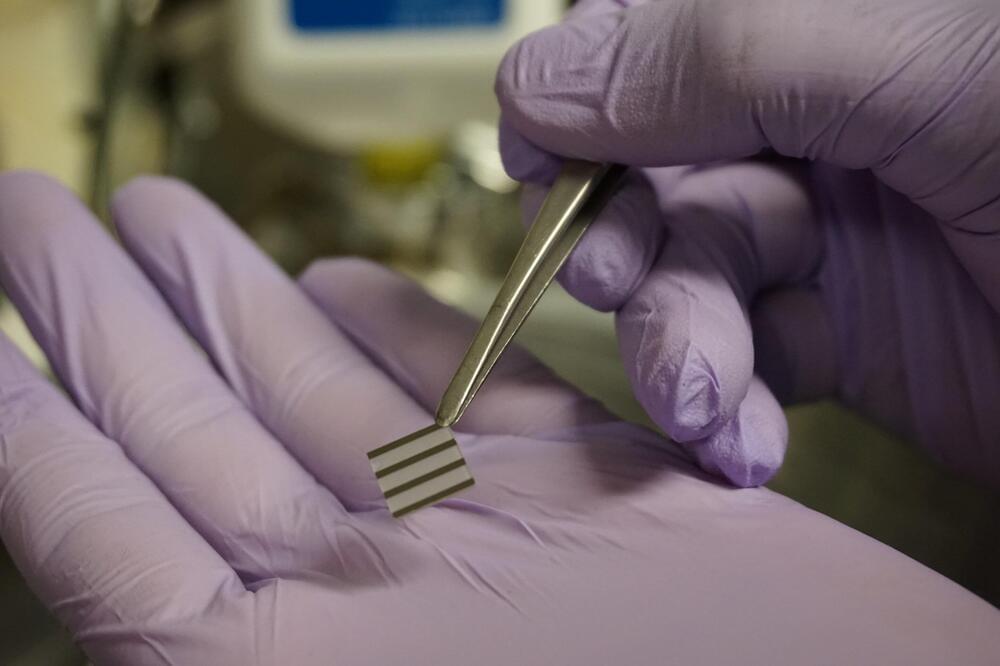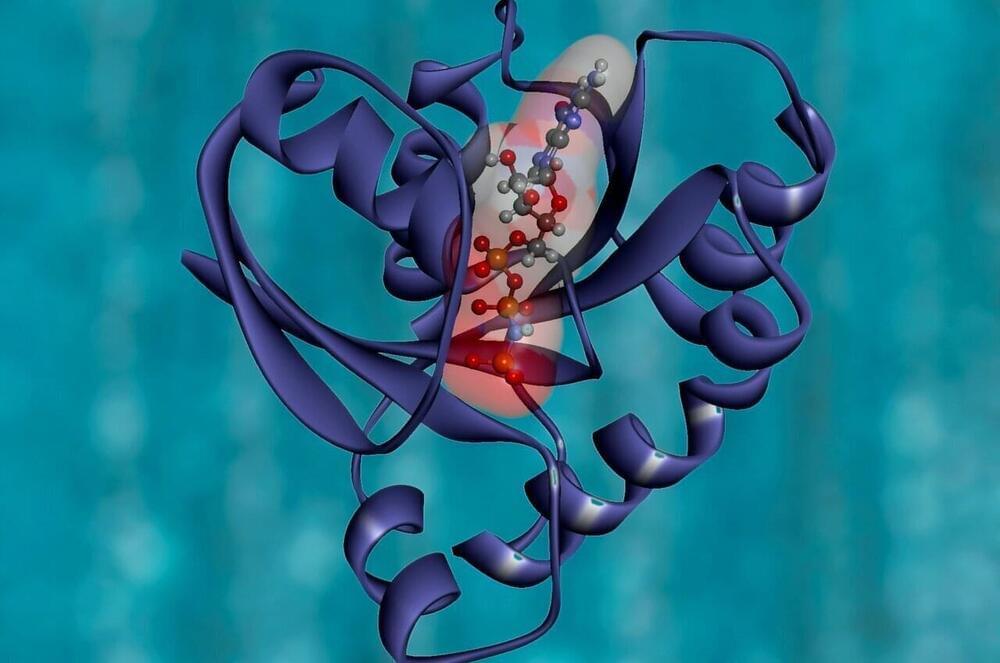Sep 20, 2021
DeepMind’s Bootstrapped Meta-Learning Enables Meta Learners to Teach Themselves
Posted by Genevieve Klien in categories: information science, robotics/AI
Learning how to learn is something most humans do well, by leveraging previous experiences to inform the learning processes for new tasks. Endowing AI systems with such abilities however remains challenging, as it requires the machine learners to learn update rules, which typically have been manually tuned for each task.
The field of meta-learning studies how to enable machine learners to learn how to learn, and is a critical research area for improving the efficiency of AI agents. One of the approaches is for learners to learn an update rule by applying it on previous steps and then evaluating the corresponding performance.
To fully unlock the potential of meta-learning, it is necessary to overcome both the meta-optimization problem and myopic meta objectives. To tackle these issues, a research team from DeepMind has proposed an algorithm designed to enable meta-learners to teach themselves.
